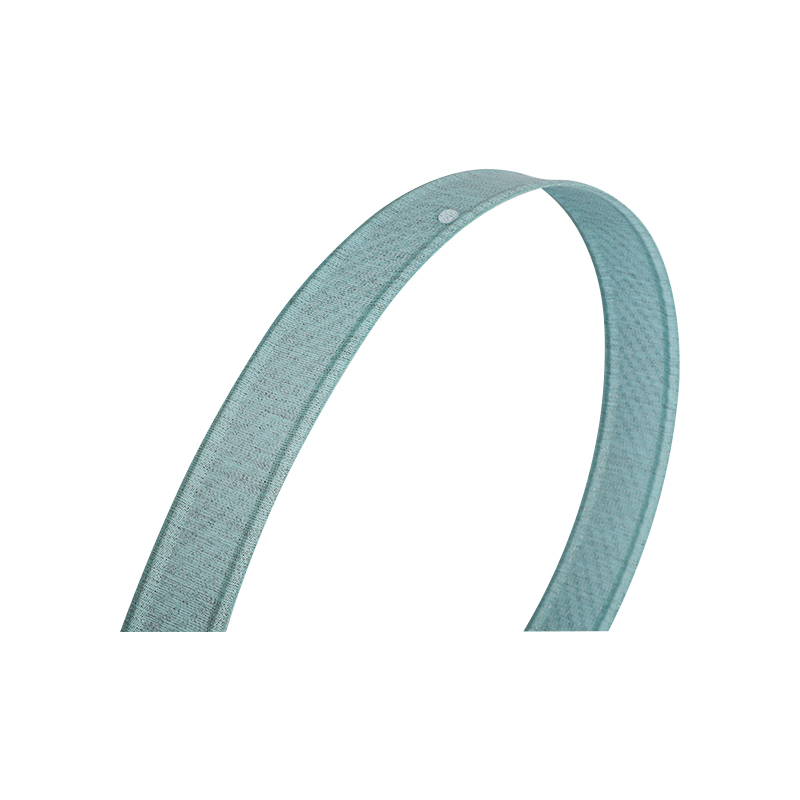
 "navigation"
"navigation"
02
The durability of fabric blinds slats mainly depends on the material selection and weaving technology. These two factors not only determine the physical properties of the slats, but also affect their service life and functionality in different environments. The following is a detailed analysis of how the material and weaving technology affect the durability of fabric blinds slats:
1. The impact of material on durability
The material of fabric blinds slats is the core factor that determines their durability. Different materials have different characteristics, which directly affect the strength, flexibility, anti-aging ability and ability to adapt to the environment of the slats.
(1) Natural fiber materials (such as cotton and linen)
Advantages: Natural fiber materials are environmentally friendly, breathable, have natural texture and texture, and are suitable for designs that pursue a natural style.
Disadvantages: This type of material is easy to absorb moisture and may cause mildew or deformation due to a humid environment; it has weak UV resistance and is easy to fade when exposed to sunlight for a long time.
Applicable scenarios: Suitable for indoor environments with low humidity and low light, such as bedrooms or living rooms.
(2) Synthetic fiber materials (such as polyester and nylon)
Advantages: Synthetic fiber materials have excellent UV resistance, water resistance and abrasion resistance, are not easy to fade or deform, and are very suitable for environments with high humidity or direct sunlight.
Disadvantages: The touch may not be as soft as natural fibers and are less environmentally friendly.
Applicable scenarios: Suitable for places such as bathrooms, kitchens, and offices that require durability and easy cleaning.
(3) Blended materials (such as cotton and polyester blends)
Advantages: Combining the advantages of natural and synthetic fibers, it has certain environmental protection and comfort, and improves durability and anti-aging ability.
Disadvantages: The cost is relatively high.
Applicable scenarios: Suitable for spaces that need to balance aesthetics and practicality, such as hotels or high-end residences.
(4) Special coating materials (such as PVC coated fabrics)
Advantages: Fabrics treated with special coatings have extremely high water resistance, stain resistance and UV resistance, which can significantly extend the service life of the blades.
Disadvantages: It may increase weight and require a more solid support structure during installation.
Applicable scenarios: Suitable for outdoor shading systems or commercial purposes.
2. The impact of weaving technology on durability
In addition to the material itself, weaving technology also plays a key role in the durability of fabric blinds. Different weaving methods will affect the density, flexibility and overall performance of the blades.
(1) Plain Weave
Features: Plain weave is the simplest weaving method, with evenly distributed interweaving points and stable structure.
Advantages: Strong durability, not easy to deform, suitable for daily use.
Disadvantages: The texture is relatively simple and the decorative effect is limited.
Applicable scenarios: Suitable for basic blinds that require high durability.

(2) Twill Weave
Features: Twill weave forms a diagonal texture, which increases the thickness and flexibility of the fabric.
Advantages: More durable than plain weave, stronger tear resistance, and has a certain decorative effect.
Disadvantages: Slightly higher production cost.
Applicable scenarios: Suitable for mid-to-high-end products, especially for large-size windows.
(3) Jacquard Weave
Features: Jacquard weave forms exquisite patterns and textures through complex processes.
Advantages: Strong decorativeness and rich visual effects, but durability depends on the choice of base material.
Disadvantages: Complex process, high cost, and some designs may reduce the overall strength of the fabric.
Applicable scenarios: Suitable for high-end customized projects that focus on aesthetics and personalization.
(4) High-Density Weave
Features: The density and strength of the fabric are improved by increasing the density of warp and weft.
Advantages: Excellent durability, wind resistance, dust resistance, and sound insulation.
Disadvantages: May reduce breathability and heavy weight.
Applicable scenarios: Suitable for outdoor or environments requiring high-performance heat insulation and sound insulation.
3. Comprehensive influence of materials and weaving technology
The durability of fabric blinds is the result of the combined effect of materials and weaving technology. For example:
High-strength synthetic fiber + high-density weaving: This combination provides excellent durability, especially suitable for outdoor or high-frequency use.
Natural fiber + twill weaving: It combines aesthetics and practicality, suitable for long-term use in home environments.
Coating material + jacquard weaving: It can meet high-end decorative needs and provide good protection.
4. Other factors affecting durability
In addition to materials and weaving technology, the following factors will also indirectly affect the durability of fabric blinds blades:
Surface treatment: Such as waterproof coating, anti-fouling treatment or anti-ultraviolet coating, which can significantly increase the service life of the blades.
Production process: High-quality sewing and edge treatment can reduce the risk of wear and cracking.
Use environment: External conditions such as temperature, humidity, and light intensity can accelerate or slow down the aging process of the blades.
The durability of fabric blinds blades is determined by both materials and weaving technology. High-quality materials (such as synthetic fibers or blended materials) provide good basic performance, while advanced weaving techniques (such as high-density weaving or twill weaving) further enhance the strength and flexibility of the blades. In addition, proper surface treatment and production process can also effectively extend the service life of the blades. Therefore, when choosing fabric blinds blades, the characteristics of materials and weaving techniques should be comprehensively considered according to the specific use environment and functional requirements to achieve the best balance between durability and aesthetics.